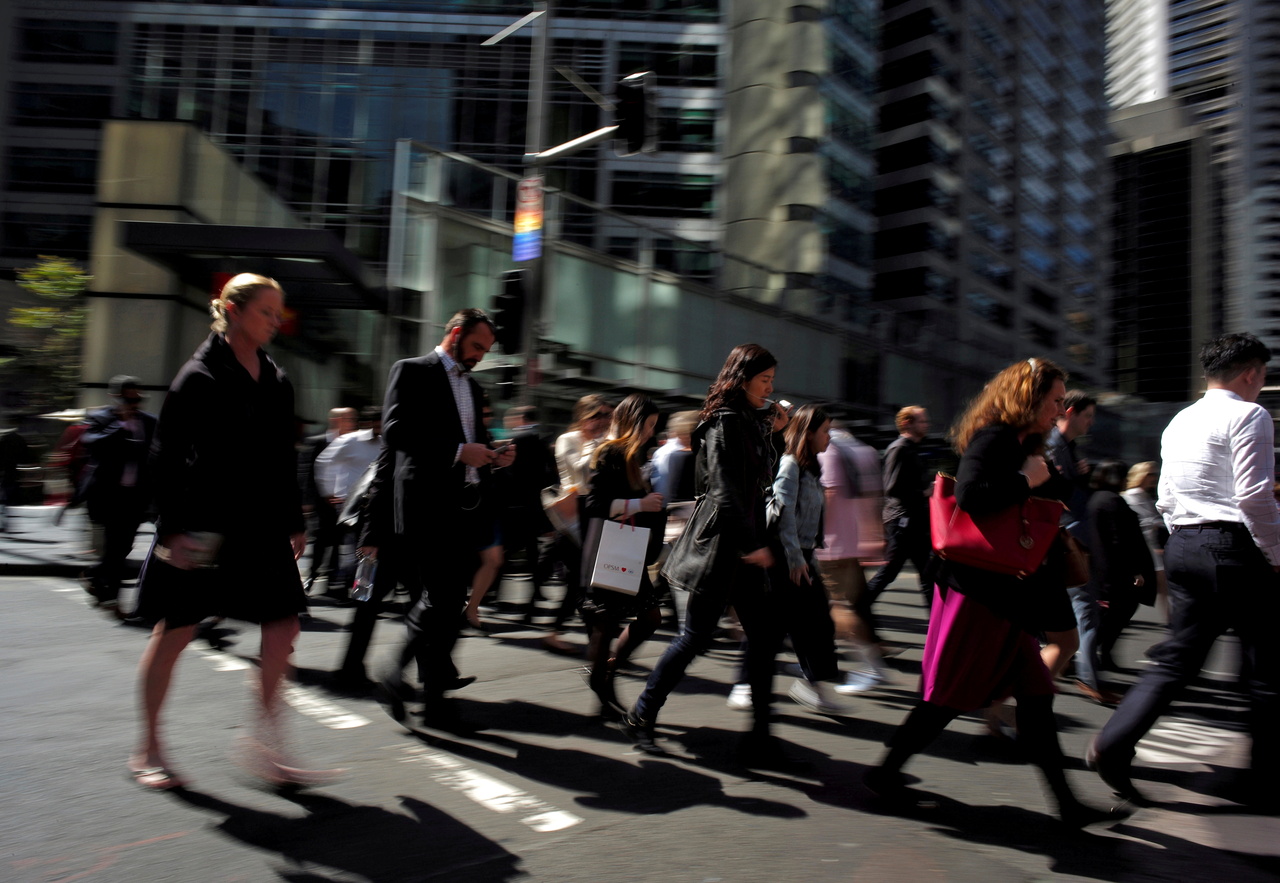Men are twice as likely to be well paid than women in Australia
Sign up now: Get ST's newsletters delivered to your inbox

The research lands as calls grow louder for stronger visibility and better treatment of women in Australia's labour force.
PHOTO: REUTERS
Follow topic:
SYDNEY (BLOOMBERG) - The push for gender equality in Australia is making little headway in the workplace.
The nation's men are now twice as likely to be highly paid than women, according to the latest scorecard from the government's Workplace Gender Equality Agency (WGEA).
While the pay gap between the sexes narrowed in the year through March 2021, the drop was just half a percentage point.
Furthermore, some 22 per cent of company boards do not have a single woman on them, and less than one in five chief executives are female, the report found.
"From the very top-down, women are undervalued in Australian businesses and underrepresented where decisions are made," WGEA Director Mary Wooldridge said in a statement Friday (Feb 11). "We will not see gender parity at CEO level for another 80 years on current rates of progress."
The research lands as calls grow louder for stronger visibility and better treatment of women in Australia's labour force.
Prime Minister Scott Morrison and other Parliament leaders this week publicly apologised for a culture of sexual misconduct inside the legislature, while investors are scrutinising toxicity in the mining sector, a key pillar of the nation's economy.
The WGEA report covers more than four million employees, capturing the onset of Covid-19 and the impact of Australia's initial lockdowns.
Around one in three men are in Australia's top earnings quartile, made up of workers that are bringing in at least A$120,000 (S$115,600) a year, according to the report.
In contrast, one in three women are in the lowest-paid group of employees, making A$60,000 or less.
Pay parity was also in the spotlight on Thursday in Australia, when Parliament passed a Bill overhauling aspects of its pensions system in a bid to lift womens' retirement savings and close the gender pay gap.
Women are entering retirement with about 28 per cent less savings than men, while 36 per cent of retired females rely on their partner's income to meet living costs, according to government data.
Australian construction firms have the largest wage discrepancy, with women in that industry earning on average 31 per cent less than men. The financial and insurance sector comes a close second with a gender pay gap of almost 30 per cent.
The report found some improvement in diversity among workplace bosses: about 41 per cent of managers were women, up from 36 per cent in 2013.
Access to paid domestic violence leave also increased fourfold in the last five years, with over half of employers offering it during the pandemic.
Recent data from the Australian Institute of Company Directors show that the number of women on the boards of Australia's 200 biggest companies has been rising about 2 percentage points per year since reaching a target of 30 per cent in 2019.
The percentage of female directorships topped 34 per cent in December, higher than the 31 per cent of women seen on boards of S&P 500 firms in the US.

